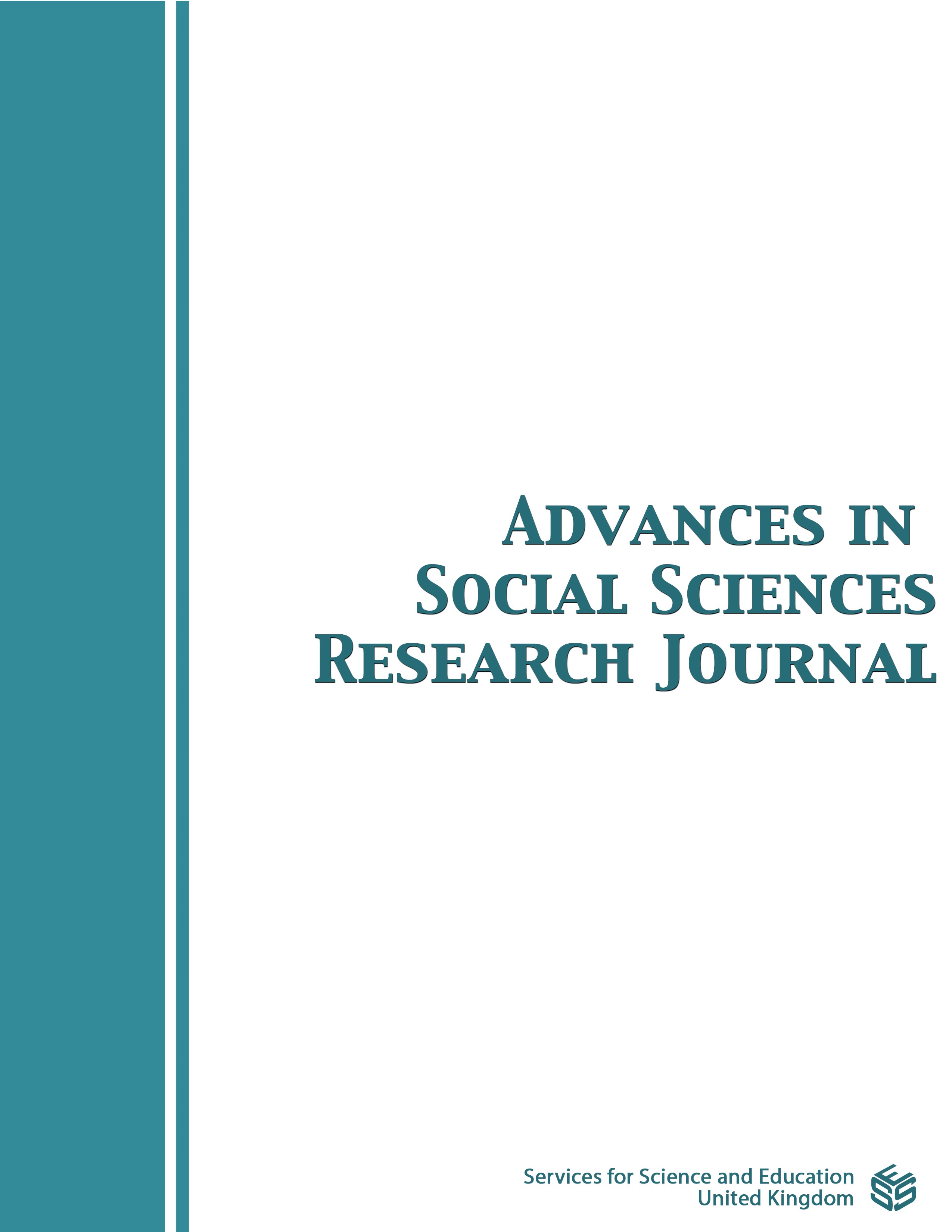The Influence of Values on Adolescents' Problem Behavior
DOI:
https://doi.org/10.14738/assrj.93.11971Keywords:
Adolescent, Values, Problem Behavior, Influencing Factors, Multiple Stepwise Linear RegressionAbstract
Objective To explore the present status of adolescents' values and problem behavior, and to analyze the impact of values on adolescents' problem behavior. Methods A stratified random sampling was used to select 893 adolescents. They were investigated with the Chinese Adolescent Values Questionnaire (CAVQ) and the 2001-Chinese-Version of Youth Self-Report and Profile (YSRP-2001-CV). Results ⑴ The scores of the two dimensions of fashion trend and enjoyment of happiness of CAVQ were greater than 2.5 and less than 3.5, belonging to the middle level. The scores of the other six dimensions of CAVQ were greater than 3.5, belonging to high scores. ⑵ The scores of the two factors of YSRP-2001-CV were less than 1.5, which belong to low scores. ⑶ Multiple linear stepwise regression analysis showed that the scores of social equality and fashion trend positively predicted the total score of YSRP-2001-CV (β=.297, .318, all P <.001). The scores of collective orientation, discipline compliance, family affection, peer friendship and surpassing and enterprising negatively predicted the total score of YSRP-2001-CV (β=-.237 to -.408, all P <.001). Conclusion teenagers' values have not been established, and their problem behavior is obvious. Values may be an important influencing factor of teenagers' problem behavior.
Downloads
Published
How to Cite
Issue
Section
License
Copyright (c) 2022 Yongmei HOU, Zheng Jiangmin

This work is licensed under a Creative Commons Attribution 4.0 International License.
Authors wishing to include figures, tables, or text passages that have already been published elsewhere are required to obtain permission from the copyright owner(s) for both the print and online format and to include evidence that such permission has been granted when submitting their papers. Any material received without such evidence will be assumed to originate from the authors.






